GAM 2019 Blog
By Mahdi Rokni
- Published: Friday, April 12 2019 06:30
I am an astronomy teacher. I work in the Mehr Observatory in the Bushehr, a city in south of Iran. I'm going to explain about a festival we have every year. I think it's one of the best astronomical programs in the world. If you doubt it, please continue reading.
Mehr observatory in Bushehr and Iran's Teacher Astronomy Union (ITAU) has designed an astronomical festival for students for an almost complete day (from the afternoon till next morning.) Introducing astronomy and the sky, camping and environmental habits, and some of life's necessary activities are the main goals of this festival. It is named Sky Explorers Festival and it has been executed each year in the observatory.
Registration: Students in groups of 4 or 5 register on the website www.liansky.org. Registration is during November through December and the festival starts in February.
At the same time students can access all of the material which they need for the festival, such as files, sky night maps and files to learn about astronomical tools in the website.
The festival contains two parts; the learning part, for students who do not have any knowledge about astronomy or students who are that not prefect in astronomy. The competition part is for students who astronomy well. The competitors should do all of projects that are in the website and bring the results in the festival.
Sections of festival:
Reception, learning pack and didactic leader
After a reception, each leader takes 4 or 5 groups and the leader will be with those groups throughout whole night and teach them everything they need. The leaders are the best students from previous festivals.
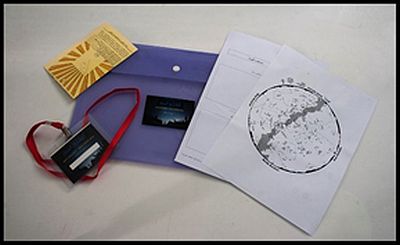
A pack that contains some forms for sketching, sky night maps, sun clocks, and any other materials for the night are given to each student.
Observation of sun and sun clocks
Before sunset, all of students with their leader, must observe the sun with their telescope and make their sun clocks and use them.
Making the tools and sky observation

After sunset and darkness, they start to make the tools such as sky maps, angle finders, and Earth-Moon models. They also use telescopes and leaders teach them about the sky and constellations until midnight.
Planetarium
Mehr Observatory has a digital planetarium and every groups goes to the planetarium and uses it to learn more about the sky and planets.
Telescope show
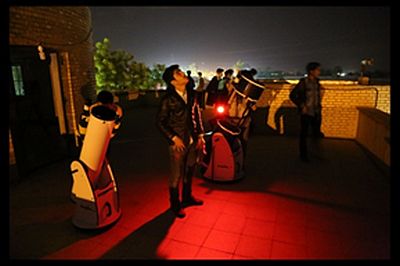
After midnight, students go up to the roof for a telescope workshop in the dome, to learn more about different types of telescopes and how to use them.
Competition part
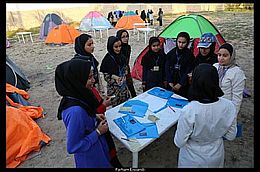 |
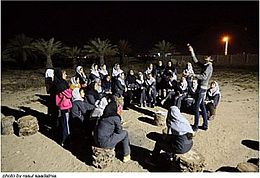 |
The competing groups, after some short astronomical workshops, start the competition In 3 parts: Practical competition, verbally competition, and observation sketching competition.

Morning exercise, bird seeing, breakfast, and closing section
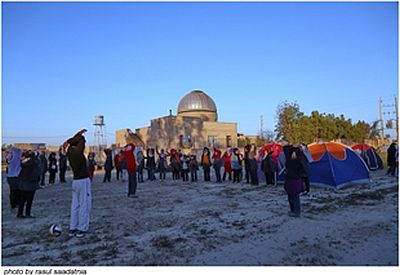
In the morning, students have a short-time exercise and they eat their breakfasts together. If there are no problems, they can go for bird-watching in the garden.
When all of the groups roll up their tents, the festival ends with closing section and the students leave the observatory to go home.
The most interesting and importing thing about this 3 month-long activity is how it is run by just students, student leaders, and students manager.
Important point: We try to teach them the principles of connecting with nature, camping, and how to use less using of plastics. We also want them to bring and have healthy foods to eat.
This festival has been executed every year since 2014. This year was our sixth year. We are now prepared to hold this festival for any group in any country around the world.
| Year | Number of participants |
| 2019 | 1350 |
| 2018 | 1100 |
| 2017 | 1300 |
| 2016 | 1000 |
| 2015 | 900 |
| 2014 | 700 |

Design of the camp base on the shape of spiral galaxy
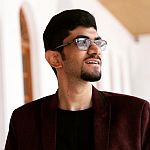 |






